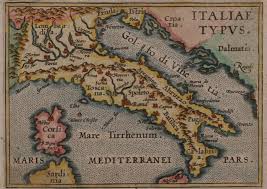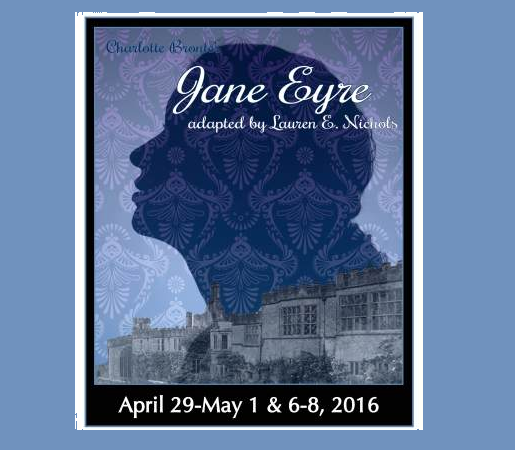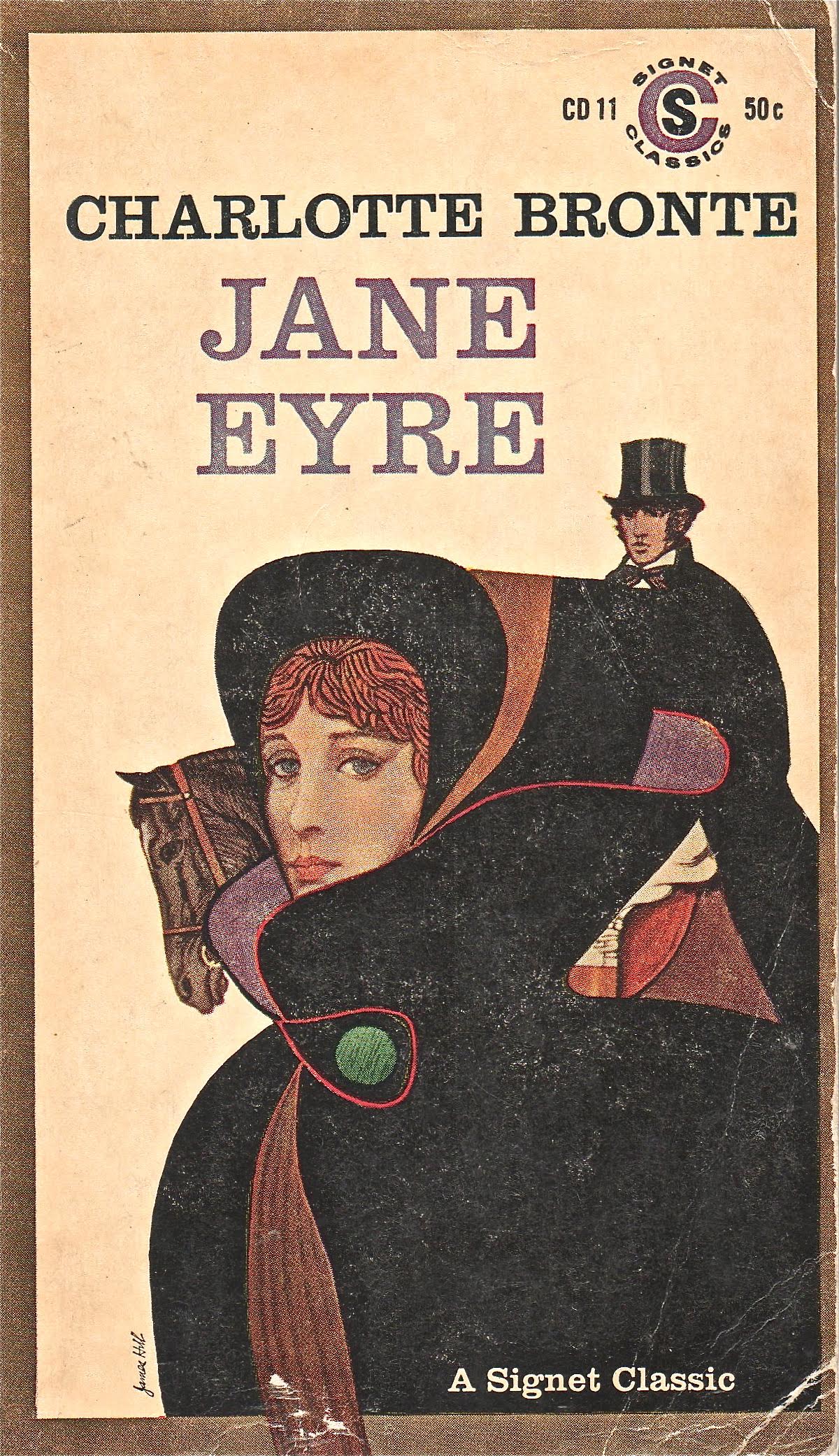Can a classic be unique? (Dramaturgy, part 2)
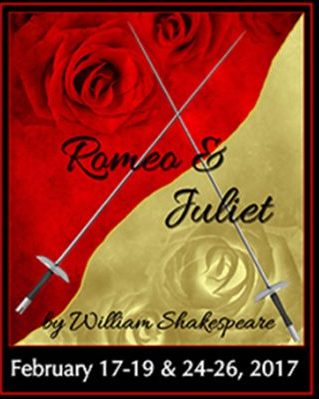
In fact, although Shakespeare’s plays are among the very oldest “classics” that an American audience is ever likely to see, there is as much or more variation in the way his plays are mounted as in any other playwright’s work.
Public Domain
Written works are protected by copyright for only so long (usually 70 years or so). After that, the author is presumed to have made all the money he or she is going to make on that piece of work. In producing Shakespeare, therefore, our budget is helped by not paying royalties to a publisher.
[However, since we must either 1) purchase printed copies of the script or 2) print our own, there is still certainly some cost involved. In our Dramaturgy post (part 1), we explained how the script was shortened. But it is still 77 pages long, and in a cast of 17 with several production team members, that’s a lot of printing!]Production Choices
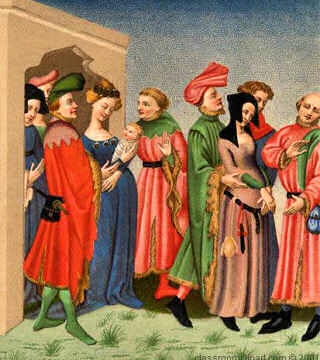

 A guest post by Nate Chen, who portrays Lord Capulet, Juliet’s father, in our production.
A guest post by Nate Chen, who portrays Lord Capulet, Juliet’s father, in our production.